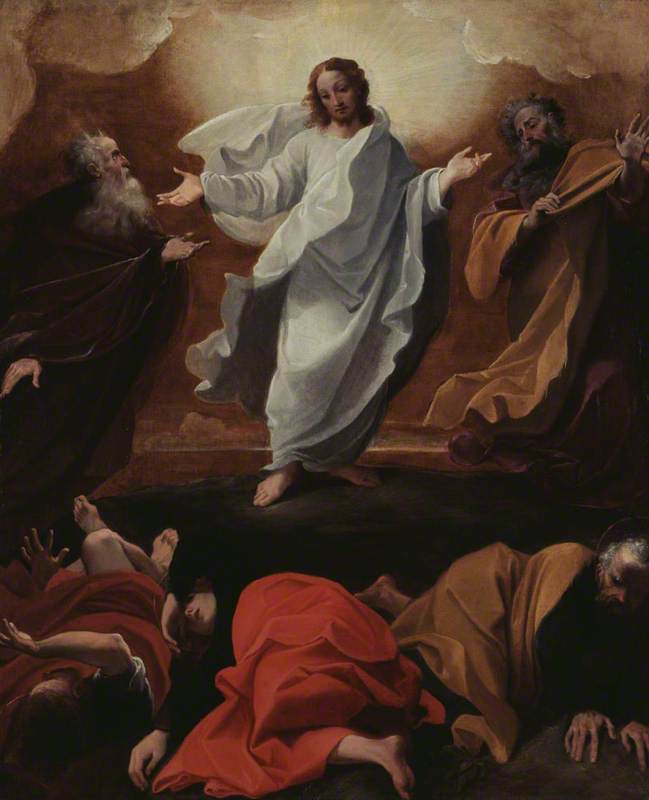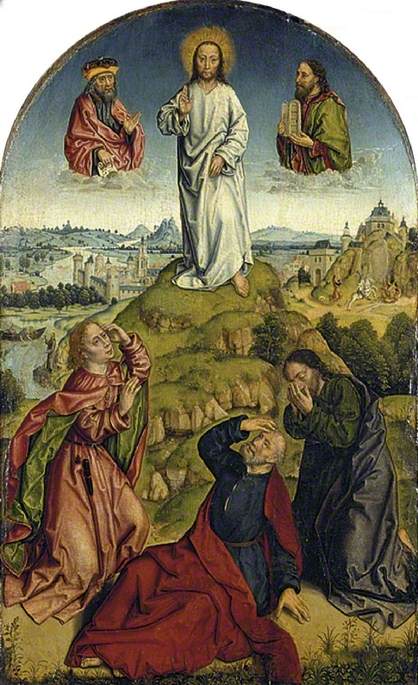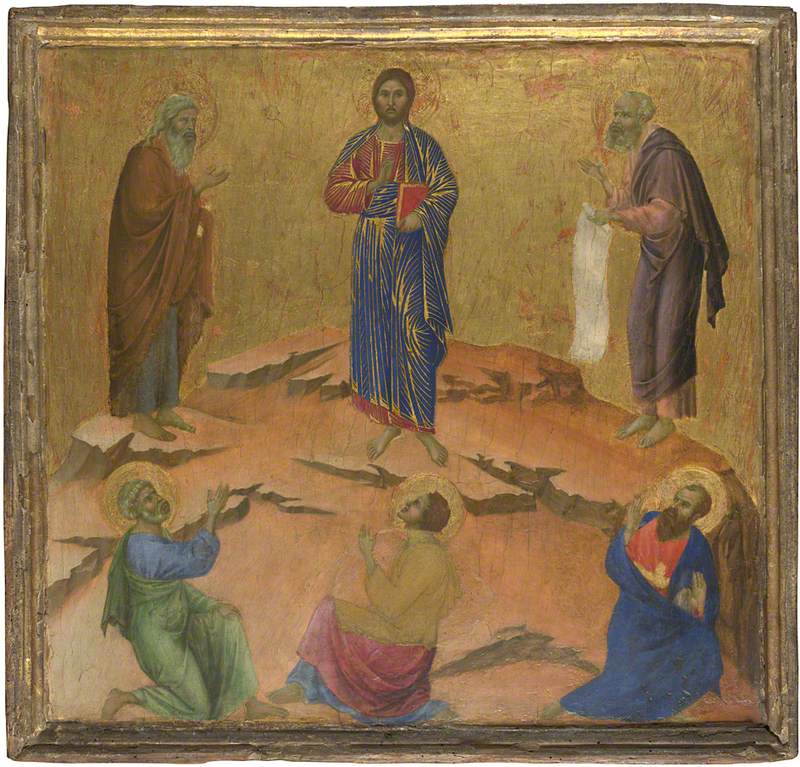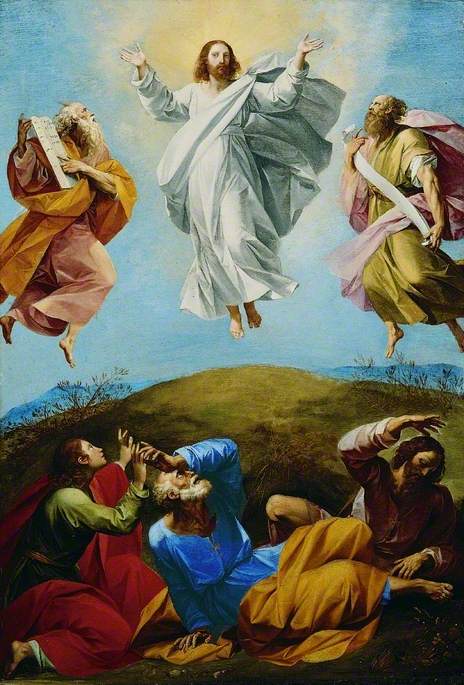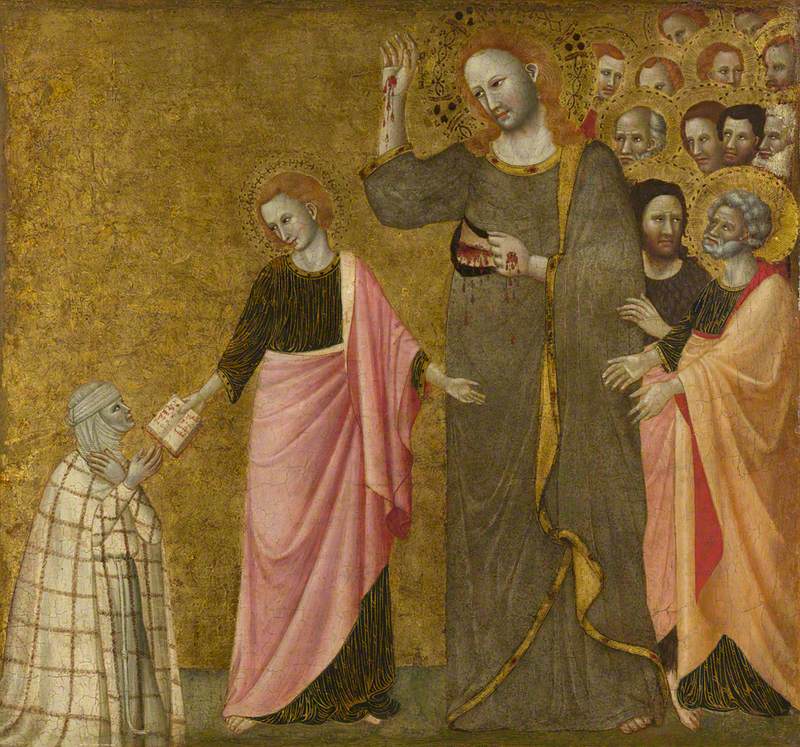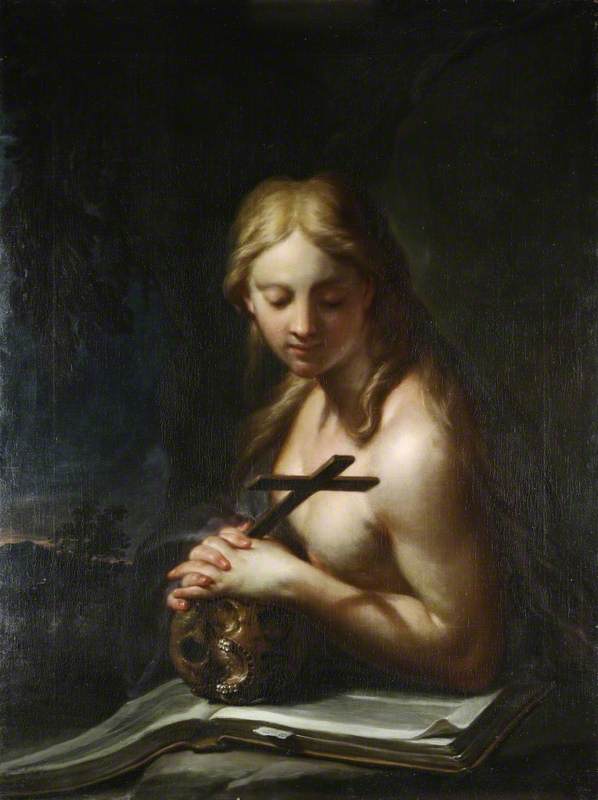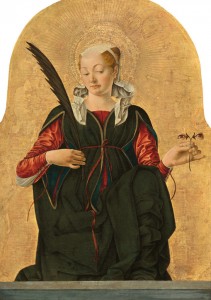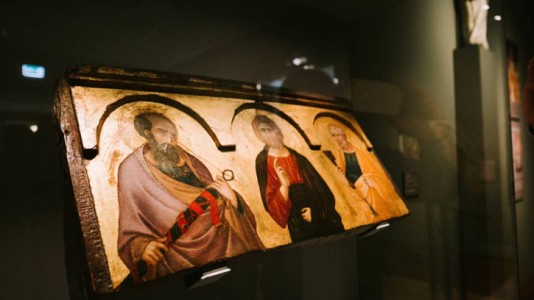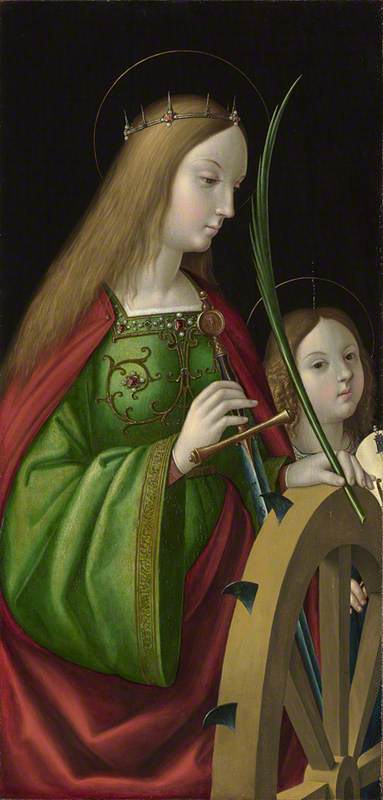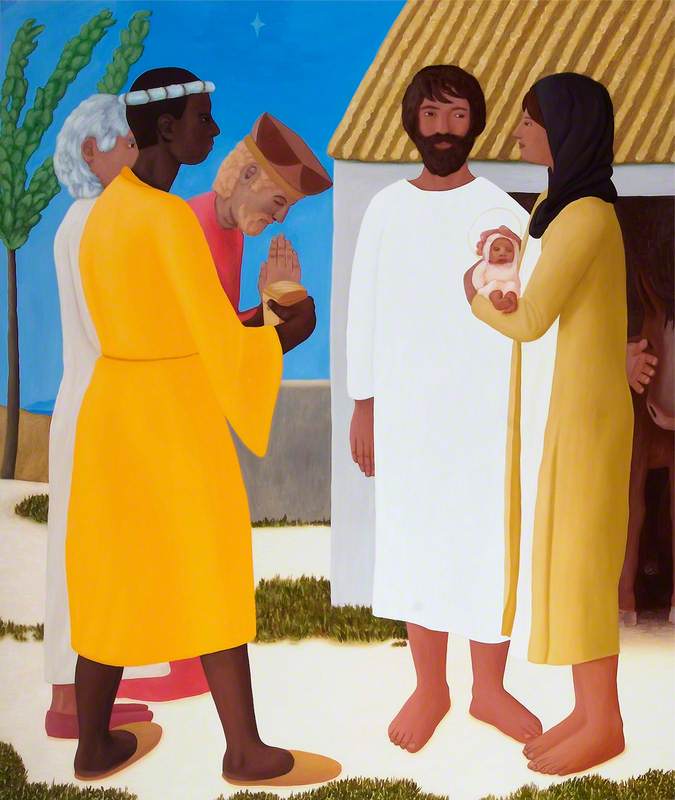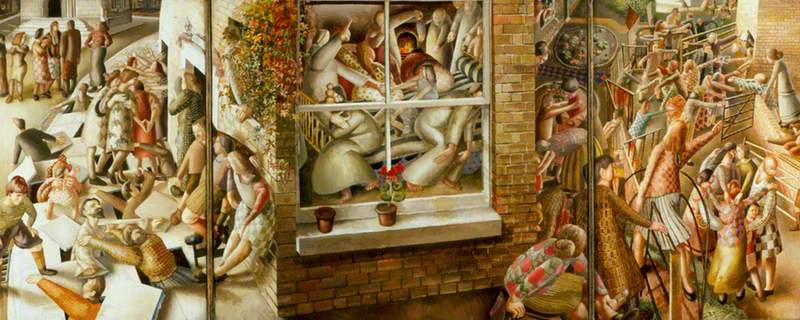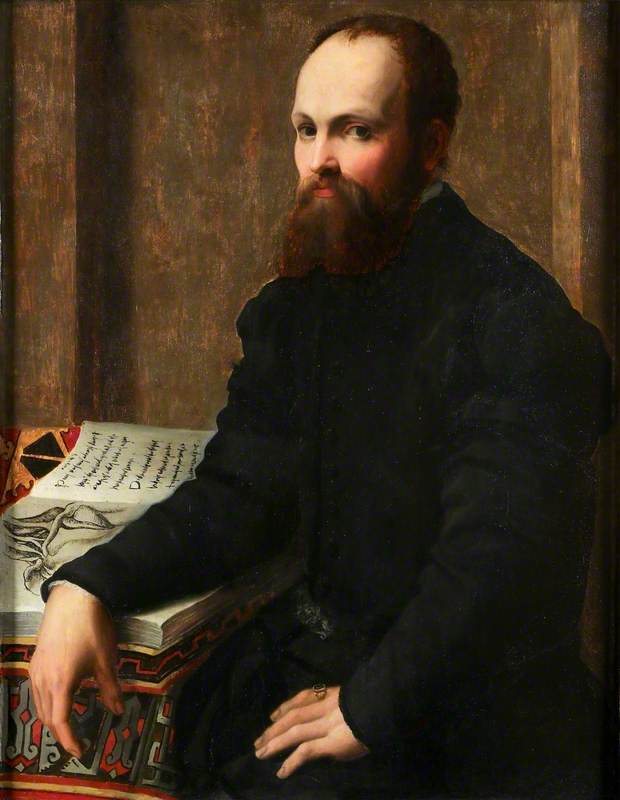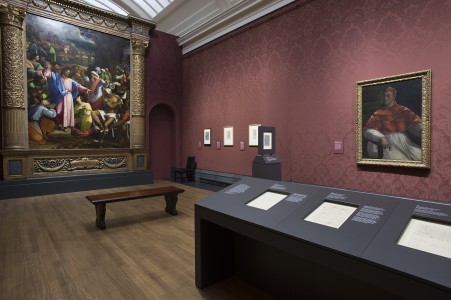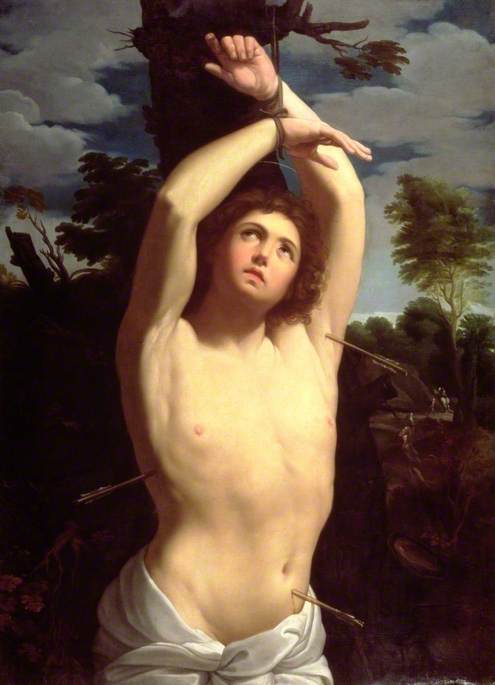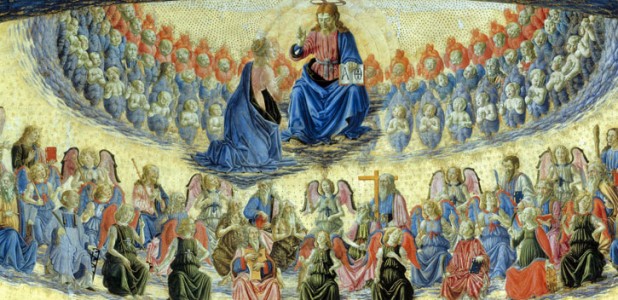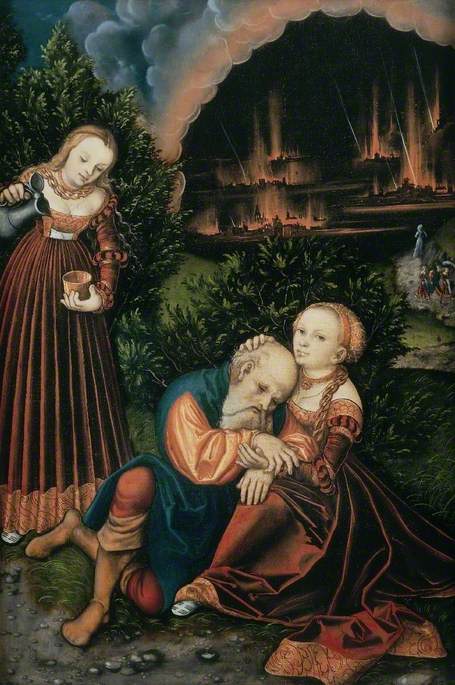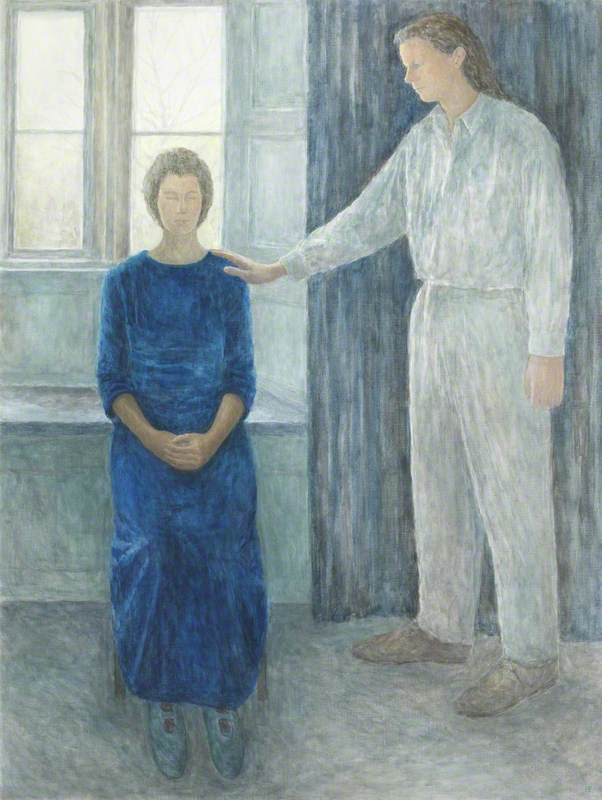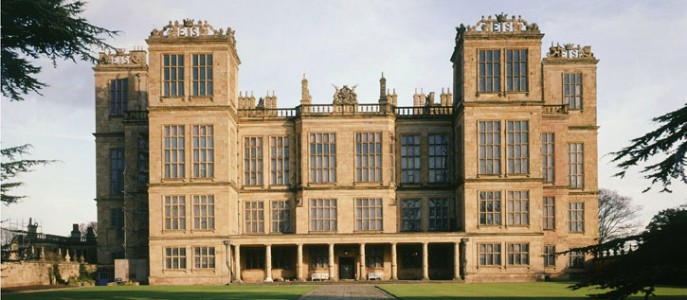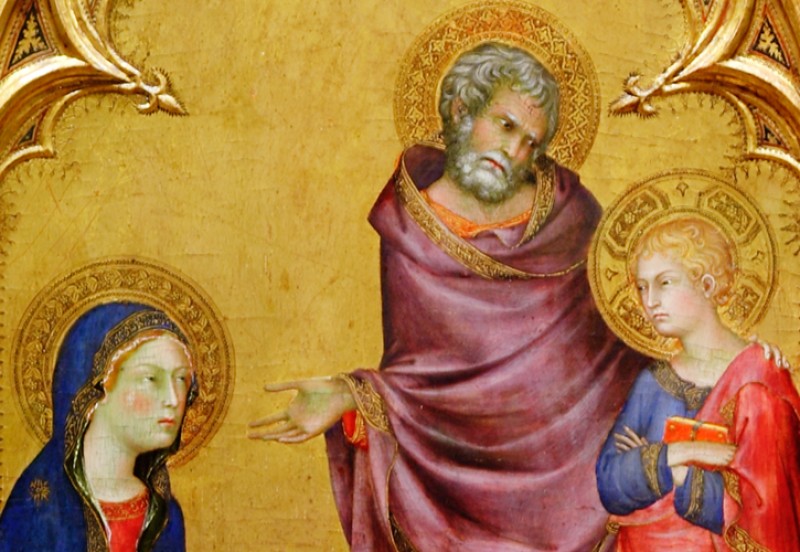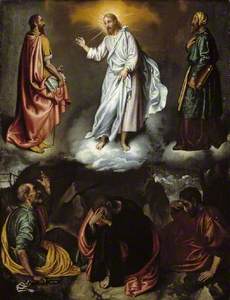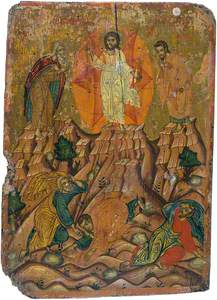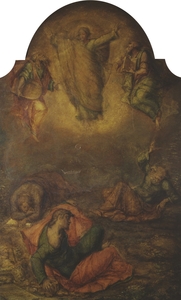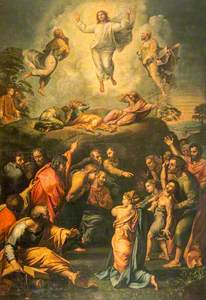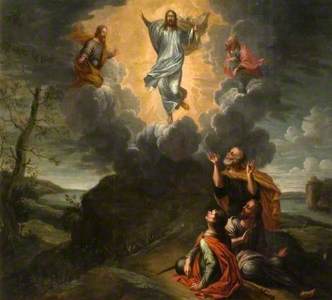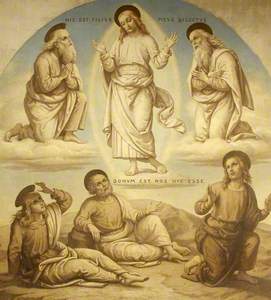The Transfiguration is one of the five key events in the gospel narrative of the life of Jesus – the others are his Baptism, Crucifixion, Resurrection and Ascension.
For many today, the word 'transfiguration' may be unfamiliar. It literally means 'changing of form or appearance' but the specific meaning in the case of Jesus Christ relates to an episode described in the New Testament.
All three of the Synoptic Gospels (Matthew, Mark and Luke) mention this event, and some think that the Gospel of John also alludes to it. In the Biblical accounts, Jesus went up a mountain to pray with three of his disciples – Peter, James and John.
However, when they reached the summit, Jesus began to shine with rays of light. Then Moses and Elijah – Old Testament figures representing the Law and the prophets – appeared and they spoke with Jesus. He is also called 'Son' by a voice assumed to be God (the Father).
The Transfiguration of Jesus is therefore a moment of divine radiance and it is counted as a miracle. It is unique in that it happens to Jesus himself.
Many Christian denominations commemorate the event in the Feast of the Transfiguration – this takes place on 6th August (or 19th for those denominations using the older Julian Calendar).
The Eastern Orthodox Church has the longest tradition of celebrating the festival, also known by its Greek name of metamorphosis. This can be seen in icons such as this one which, although painted in the early eighteenth century, shows elements from a much older artistic tradition.
It wasn't until the fifteenth century that the Roman Catholic Church decided to formally mark the feast as a part of the Christian year. The story goes that in the year 1456 the Pope (Callixtus III) heard news that the Ottoman siege of Belgrade had been lifted. He decided to mark the date that news reached Rome, which turned out to be 6th August. So the Transfiguration became a feast throughout the Latin Church.
Over the following decades, the popularity of artists depicting the Transfiguration in western art grew. Previously it had only been represented occasionally – a rare early fourteenth-century depiction by Duccio is in The National Gallery.
Duccio's scene was the eighth of nine images that formed the back of the predella (the lowest part) of a five-tiered, double-sided altarpiece. It is the only known signed work by Duccio.
These earlier works are much rarer than, say, depictions of Jesus' Crucifixion or Ascension. With such a miraculous event described, it was left to artists to visualise what this supernatural, divine occurrence actually might have looked like.
There's a standard representation of Jesus at the top in the centre, either standing or floating, flanked by the two Old Testament figures. Below, the three apostles give various reactions – usually of stunned amazement, half looking away from the radiant light. This is largely true in both eastern and western depictions of the scene – as seen in this Russian Orthodox work, painted in tempera on panel.
Perhaps the most famous representation of the Transfiguration in western art is a 1520 work by Raphael – his last painting. The original is in the collection of the Vatican Museums, but there are several copies in UK collections.
The Transfiguration
(after Raphael) 1825–1827
Grigor Urquhart (c.1797–after 1855) 
These copies come in a variety of different sizes – the original is over four metres tall. Some are very large and were intended to be used on altars, like this one at Mount Stewart in Northern Ireland, likely to have been painted by the outstanding portrait painter Thomas Lawrence.
The Transfiguration
(after Raphael) early 19th C
Thomas Lawrence (1769–1830) (attributed to) 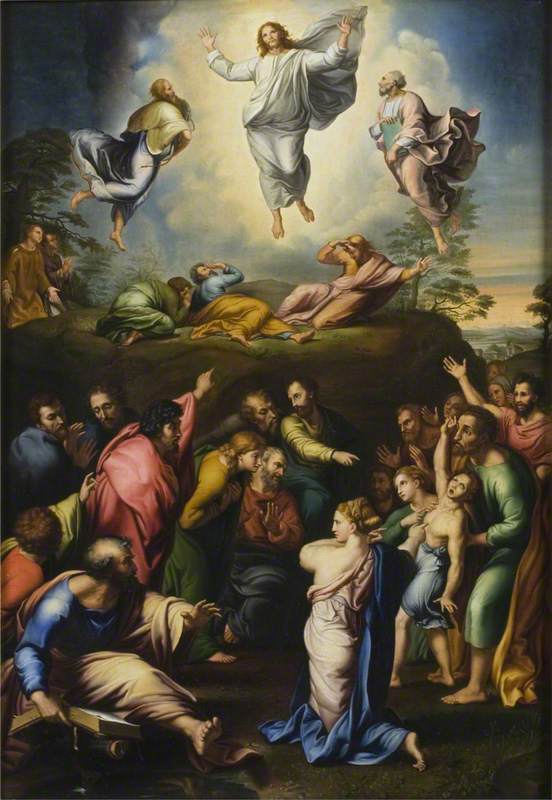
Others were smaller-scale reproductions, such as this one from the Walker Art Gallery in Liverpool, at about a metre and a half high, and made in the eighteenth century.
Other versions exist in the collections of Blairs Museum, Dulwich Picture Gallery and Glasgow Museums.
There is even a Raphael copy in a church in Camden made by Thomas Brigstocke, which is now an Orthodox church. Perhaps this is fitting, bearing in mind the much longer tradition of celebrating the Transfiguration in the Eastern Church.
Raphael's work keeps the top section pretty much the same as what had gone before, with the figures of Jesus, Moses, Elijah and the apostles. The lower section below shows a boy possessed by evil spirits who is taken to the disciples to be cured.
Raphael's composition can perhaps be seen as the culmination of Transfiguration paintings in that first phase of popularity. There are a few later paintings on Art UK, but as a subject it largely fell out of fashion, particularly in the predominantly Protestant Britain. The copies in UK collections were likely to have been more valued as they were of Raphael's work, rather than of the subject matter.
As with other religious subjects in artworks, today the majority of viewers need a bit of help decoding what's going on. It seems unlikely that the Transfiguration will become a popular artistic subject again in western art, but we are fortunate to have centuries of religious art to marvel at and wonder.
Andrew Shore, Head of Content at Art UK

